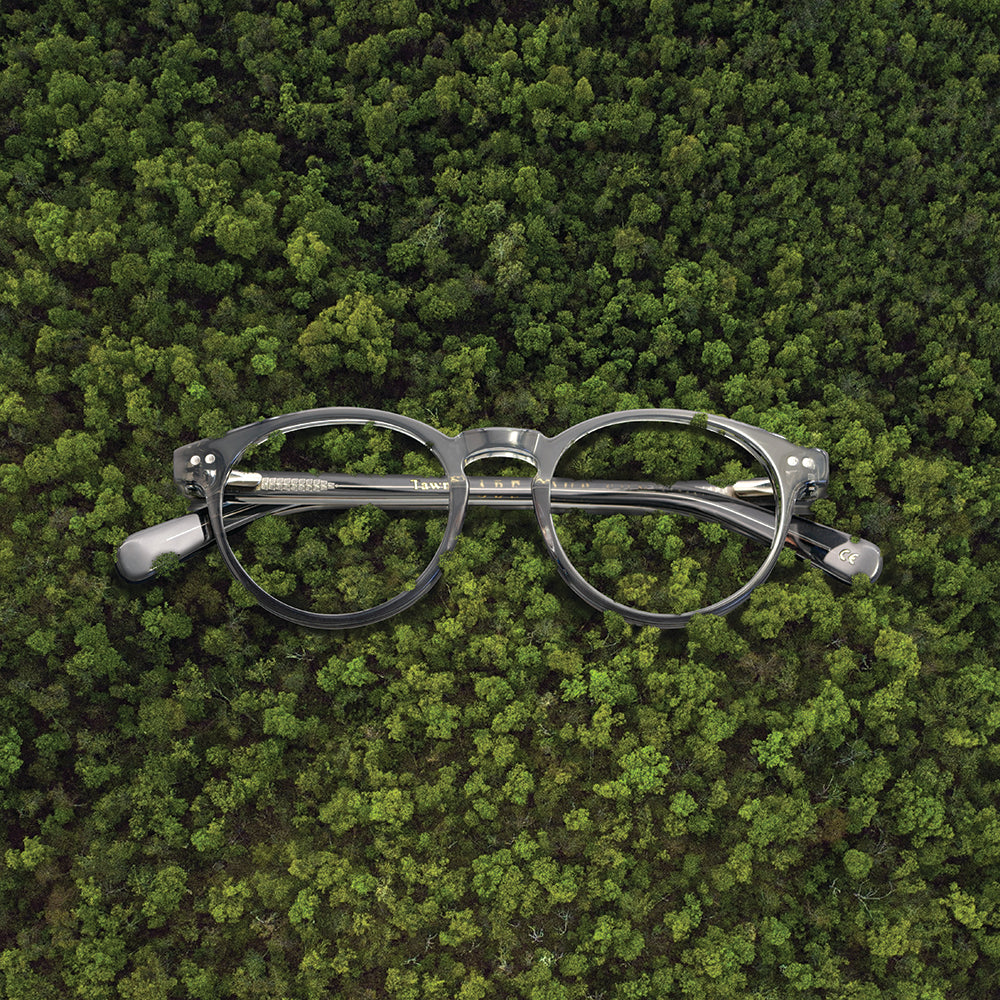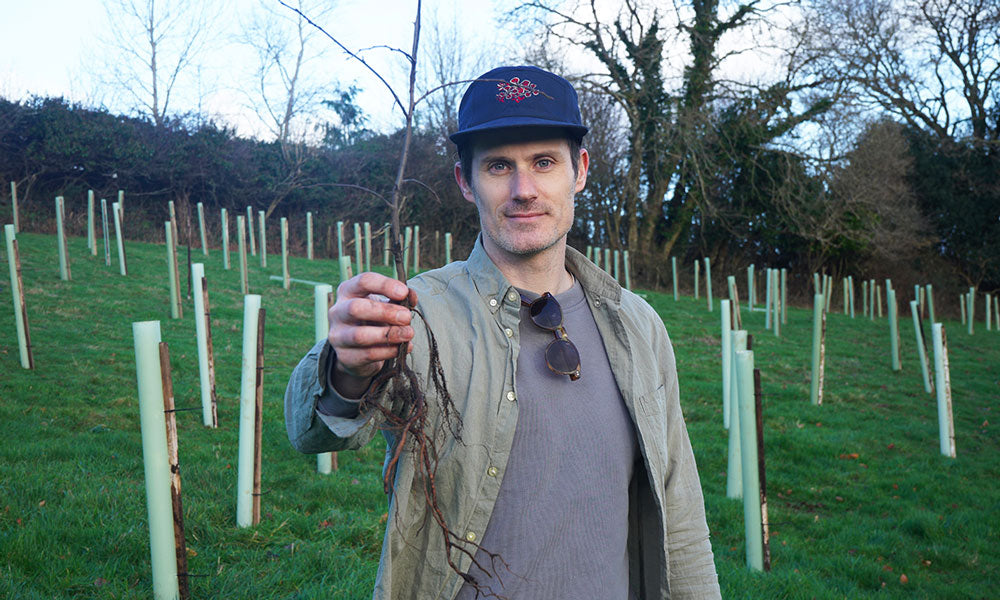Here's something you already know... The more time we spend looking at nature, the better we feel and the more likely we are to nurture it.
At Bird Eyewear we believe everyone has the right to see nature and be inspired by it.
What we do is craft gorgeous frames from materials that don't trash the planet. We're talking bio-acetate, recycled metals, and repurposed materials.
Our promise is simple: to offer you frames that are easy on the eyes and the earth, from a team that's fighting for you to see more natural beauty, not less.

Using sustainable materials
A key aspect of our supply chain is understanding where raw material is sourced and the supply chain that supports it. Our suppliers meet the highest standards of manufacturing, including ISO9001 certifications, FDA and CE compliance.
Plant based dyes are used in our colouring of woods and acetate, and to top things off, we make our cleaning cloths from recycled plastic bottles.
We’re a B Corp
We're not just slapping a "green" label on our frames and calling it a day. Being the highest scoring B Corp in the eyewear sector is a big deal to us. It shows we're all in on making a positive impact, socially and environmentally, but it also means we're an open book about our impact, ready to share the good, the bad, and the ugly.

Thoughtfully delivered
Our packaging is recyclable and biodegradable. There's no plastic to be found anywhere. We use local, certified providers and can track all raw material in our supply-chain.

Creating a circular economy
Our frames are built to last and we consider their whole life cycle when designing them to minimise wastage.
But we go one better, anyone can take advantage of our recycling programme and send us any old frames for recycling to receive a discount on your next pair of Birds.

No brainer carbon goals
We are a certified carbon zero company, offsetting all additional carbon miles and minimising our carbon footprint wherever possible.
Our Bird Forest will see us plant over 10,000 trees in the next two years, creating a bio-diverse woodland, to pull carbon from our atmosphere and of course create new homes for our feathered friends.



